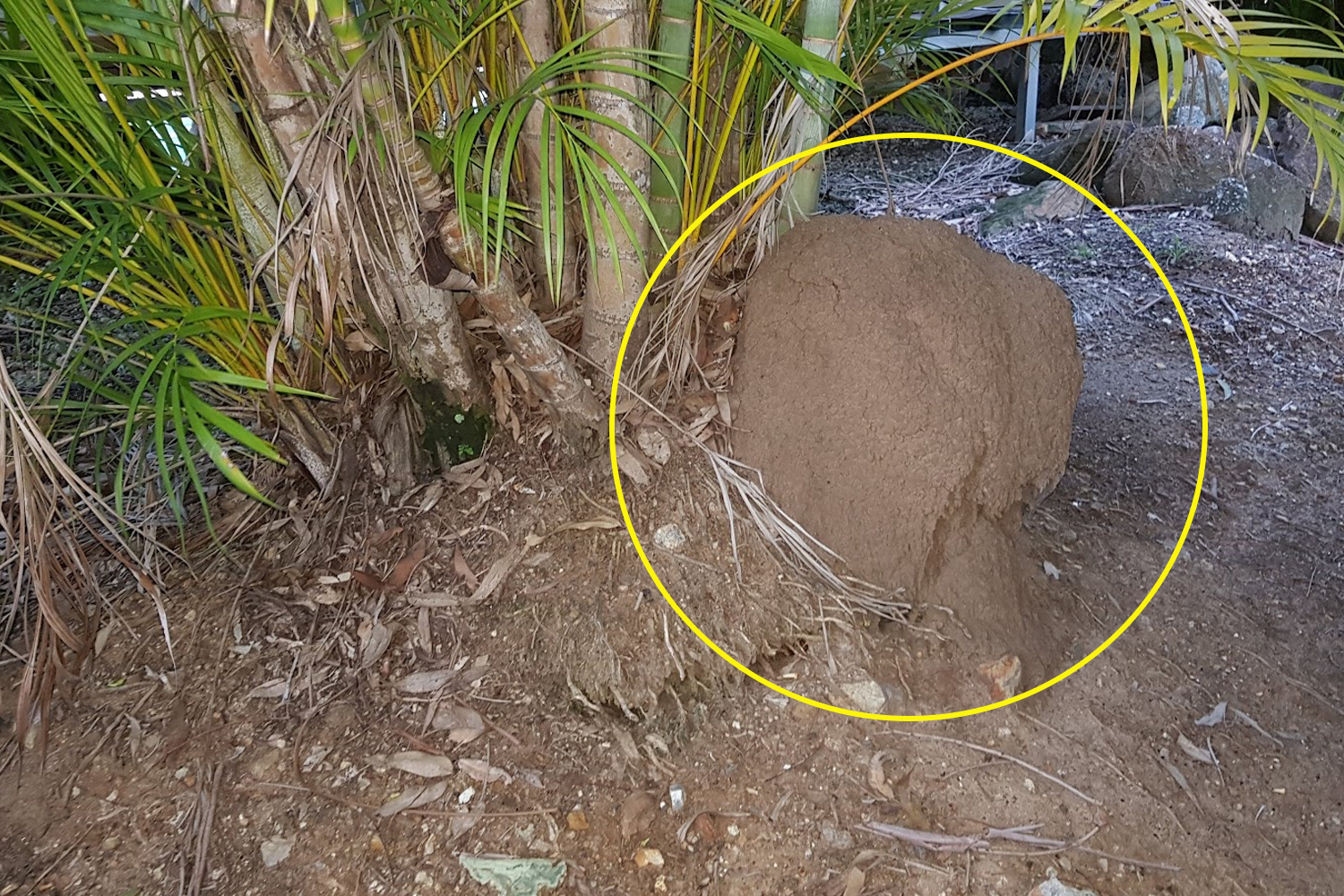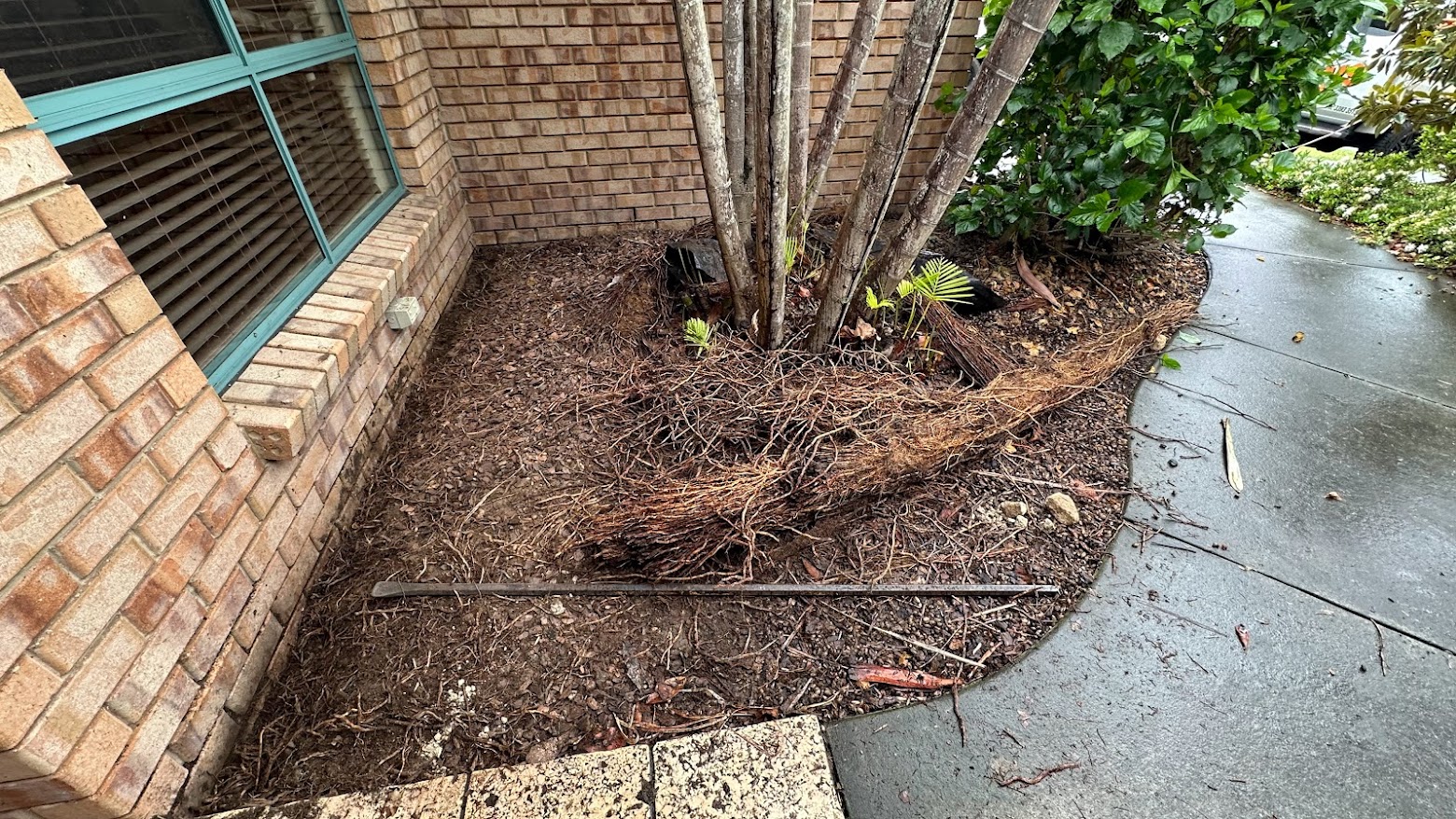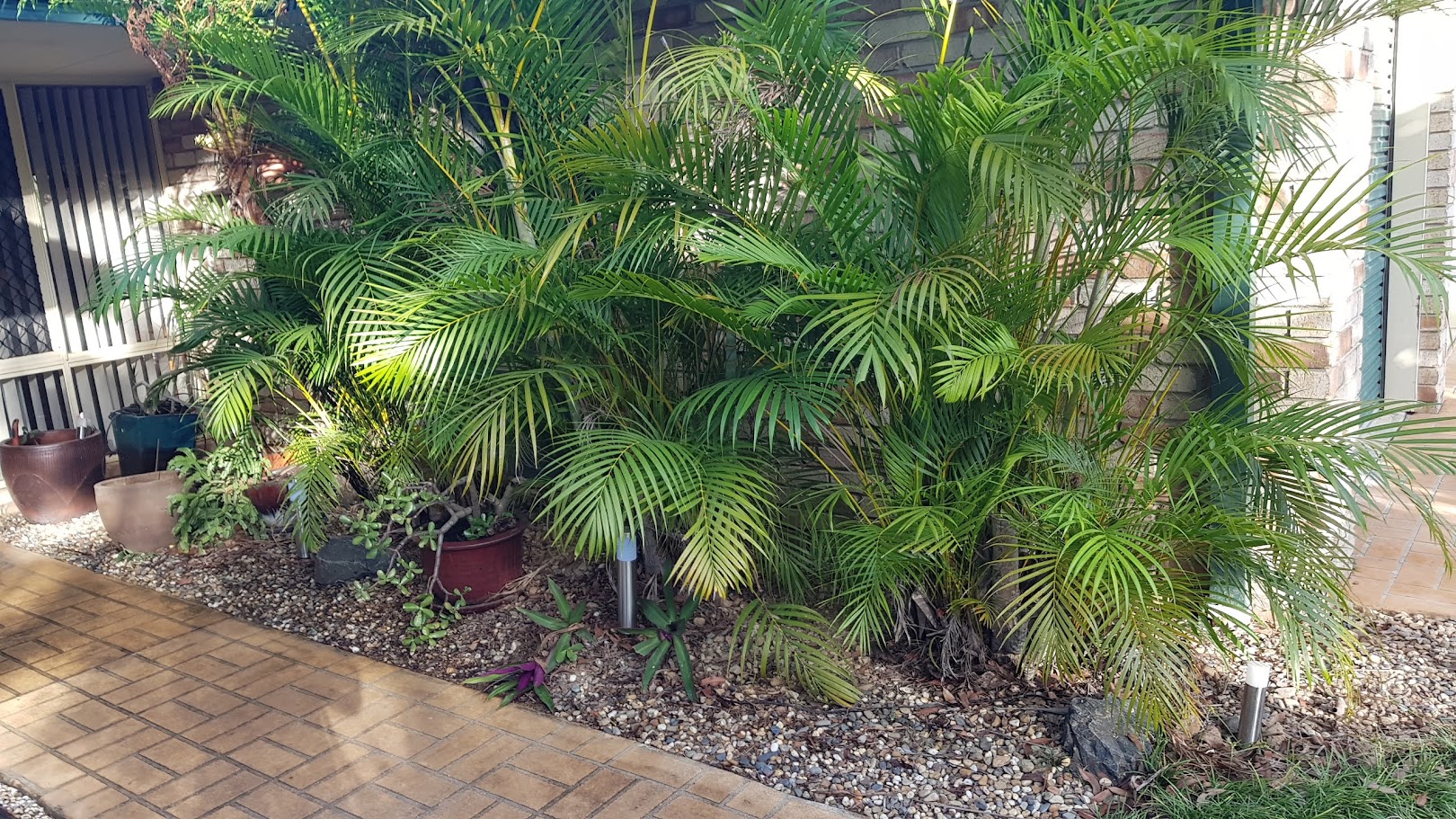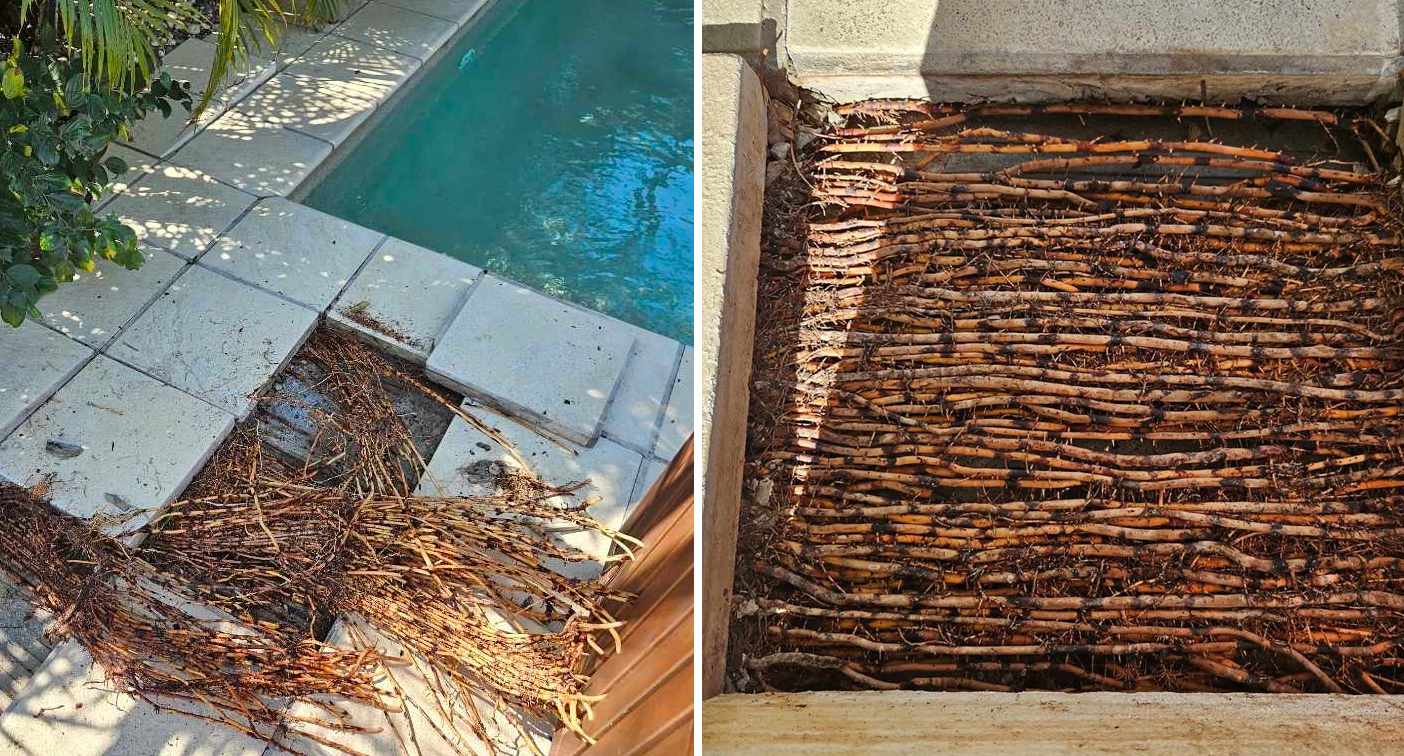Aussie Homeowners Alerted to Hidden Risk of Common Backyard Plant

With the winter solstice in the rearview mirror, many Aussie homeowners are looking forward to spring and preparing their garden for new growth. But that comes with warnings over the perils of certain types of plants and tress, even ones commonly found in backyards.
Golden cane palms have long been a popular feature in Aussie yards, particularly in Queensland but green thumbs and pest controllers alike are warning about the costly drawbacks to the species.
The Invasive Species Council of Australia has been campaigning hard in recent months about the scourge of invasive plants — including those sold at Bunnings — both for their impacts on gardens as well as Australia's broader landscape.
While native to Madagascar, golden cane palms (Dypsis lutescens) are commonly found in Aussie gardens but are considered invasive in some areas due to their aggressive growth, disruptive fibrous root systems and ability to outcompete native vegetation. Despite that, they've long been a bit of a favourite around pools and provide shade and privacy near bedrooms.
But experts warn they can lead to costly and unforeseen issues, including "aiding and abetting" termites.
Termites can be attracted to palms, often nesting in the base of the tree, Brisbane-based pest controller Michael Brewer told Yahoo News Australia. And their disruptive roots can even become highways into your home if planted nearby.
"Their roots are quite invasive, and if there's an existing termite treatment in the soil against the wall of a house, it can compromise that treatment... over time, the roots can grow through and move the soil around and create little paths where the termites can get through," he explained.

The invasive roots can cause cracks in foundations and open up gaps for termites to exploit, while also making it difficult for pest controllers to apply chemical deterrents in the soil around the home.
"We find it difficult because when we're doing the treatments, it's very hard to dig because [the roots] are a thick matting," he said.
"People spend thousands of dollars on these treatments, and the roots could compromise that – it's something that might unknowingly cost them money... In some ways it's very similar to cracked pavers, it's an expense you don't realise as it's happening."
-
🐰 Photos show destruction as invasive species 'take over' caravan parks
-
🏡 Aussie man locked in $100k battle with council over tree complaint
-
🌸 Warning to remove 'pretty but invasive' plant taking over Aussie gardens

Michael, who is the director at Termite Guys in Brisbane, attended a property in recent weeks that had a large termite nest at the base of a golden palm tree. He shared a photo (seen above) with Yahoo of the sizeable nest.
While palms can be great in certain areas of the garden, they can disrupt things like retaining walls and footpaths.
"We do see some cracking in things like retaining walls that are caused by, well, all palms really," Michael said.
One Brisbane homeowner found that out the hard way earlier this year when her golden cane palms ended up costing her $15,000 when they dislodged paving around her pool.
"If I had done the original landscaping ... I would never have planted palm trees," she told Yahoo.

Warning over plant sold at Bunnings 'by the container full'
Golden cane palms can be bought at Bunnings for about $30, but one Brisbane gardener has urged Aussies to think twice before buying them.
"Bunnings sell these plants by the container full," he said in a recent video that heavily criticised the "rubbish" plant, and has been watched more than 100,000 times on TikTok .
He warned they can take over your garden when not maintained, and will continually drop fronds. Plenty of Aussies seemed to share his distaste in the comments, with one gardener referring to them as the "devil's plant".
"I bought three palms for $45, and 20 years later it costs $2,500 to get them removed," one person said.
"My dad planted a tonne of these around the boundaries of all of his properties, they were $2 a plant in the 90's...that's how we spent our weekends, a never ending cycle of cleaning and burning the fronds ... Not to mention the cockroaches that bred in them as well," another person commented.
Others, however, said they were fine plants when kept in pots.
Love Australia's weird and wonderful environment? 🐊🦘😳 Get our new newsletter showcasing the week’s best stories.
 This article originally appeared on Yahoo News Australia at
https://au.news.yahoo.com/aussie-homeowners-warned-over-hidden-danger-of-common-but-invasive-backyard-plant-024105940.html
This article originally appeared on Yahoo News Australia at
https://au.news.yahoo.com/aussie-homeowners-warned-over-hidden-danger-of-common-but-invasive-backyard-plant-024105940.html
Post a Comment for "Aussie Homeowners Alerted to Hidden Risk of Common Backyard Plant"